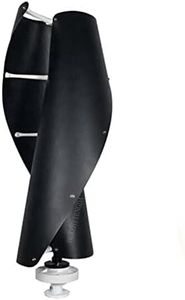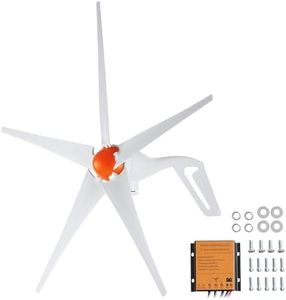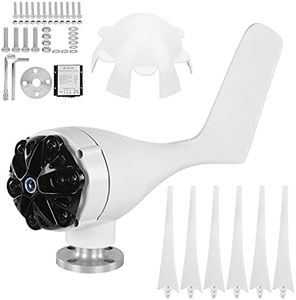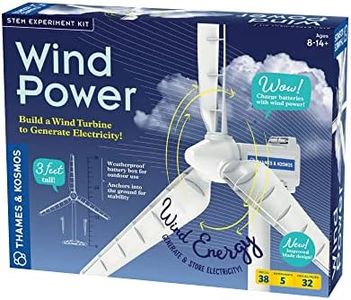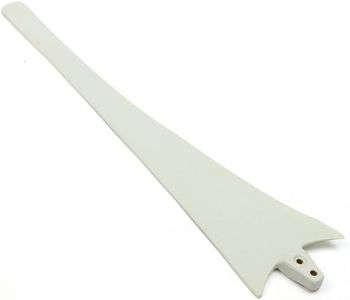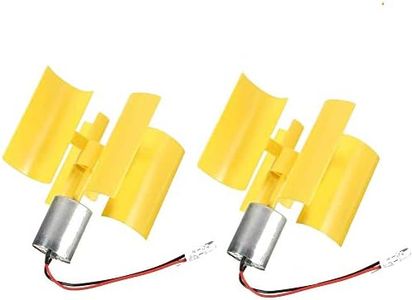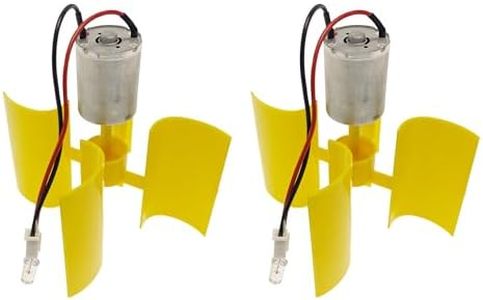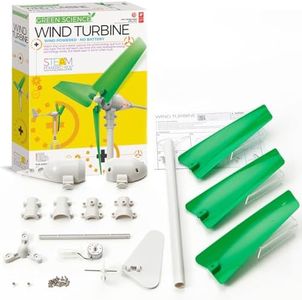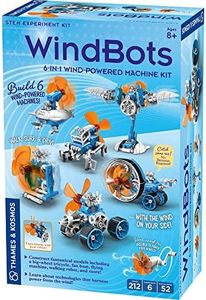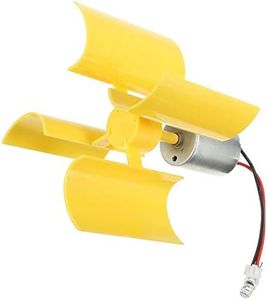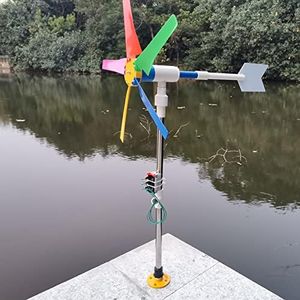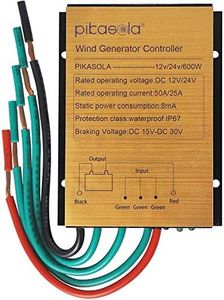We Use CookiesWe use cookies to enhance the security, performance,
functionality and for analytical and promotional activities. By continuing to browse this site you
are agreeing to our privacy policy
10 Best Wind Turbines
From leading brands and best sellers available on the web.By clicking on a link to a third party's website, log data is shared with that third party.
Buying Guide for the Best Wind Turbines
When choosing a wind turbine, the main goal is to find a model that matches your energy needs and fits well with the conditions of your location. It's important to consider not only how much power you want to generate but also where and how the turbine will be installed, how much wind your area typically has, and any regulations or limitations you might face. Getting the right wind turbine involves looking at several technical specifications, and understanding what they mean will help you pick a model that efficiently and safely delivers the power you need.Rated Power OutputRated power output tells you the maximum amount of electricity the wind turbine is designed to generate under ideal wind conditions, usually measured in kilowatts (kW) or watts (W). This is important because it gives you an idea of how much of your energy needs the turbine can cover. Small turbines (up to around 1 kW) are usually for very low-energy uses like charging batteries or running small appliances, mid-sized turbines (from 1 kW to 10 kW) can power homes or small businesses, while larger turbines are meant for more significant power needs. Think about how much electricity you typically use and select a turbine whose rated power output comfortably meets or exceeds that, especially considering that actual generation may be lower than the rated maximum.
Cut-in Wind SpeedThe cut-in wind speed is the minimum wind speed at which the turbine starts to generate electricity, typically measured in meters per second (m/s) or miles per hour (mph). This is important because if the wind in your area often falls below this speed, the turbine won't be productive. Cut-in speeds usually range from 2 m/s (about 4.5 mph) for more sensitive turbines up to 4 m/s (about 9 mph) for more robust models. If your location is not very windy, look for a turbine with a lower cut-in wind speed so you get more energy generation over time.
Rotor DiameterThe rotor diameter is the width of the circle made by the turbine blades as they spin. This measurement matters because a larger rotor can catch more wind and produce more energy at lower wind speeds. Small-scale turbines may have diameters of just a couple of meters, while bigger models will be much wider. If you have limited space and moderate wind, a smaller rotor might suffice, but for maximum energy, especially in low-wind areas, a larger rotor diameter is usually better – as long as your location allows for it.
Tower HeightTower height refers to how high above the ground the turbine blades are mounted. The higher the tower, the more likely it is to access steadier, faster winds, since wind speed typically increases with height. Home-scale turbines might be mounted 10 to 20 meters up, while larger systems go even higher. If your area has obstacles like buildings or trees, or if local wind tests show turbulent wind at lower heights, picking a higher tower helps maximize output. On the other hand, in very open or consistently windy locations, a lower tower could be sufficient.
Survival Wind SpeedSurvival wind speed is the maximum wind speed the turbine can handle without being damaged, often measured in meters per second or miles per hour. This is important for safety and longevity; you need a turbine strong enough to withstand the highest gusts expected in your area. Less robust turbines may be rated for moderate survival speeds (around 35 m/s or 78 mph), while those for harsher environments go much higher. Consider your local weather patterns and choose a turbine built to survive the worst conditions you expect.
Noise LevelNoise level indicates how much sound the turbine makes during operation, measured in decibels (dB). This matters for your comfort and for meeting any local noise regulations. Generally, small domestic turbines are designed to be quiet (often below 60 dB at a certain distance), but larger models can be noisier. If the turbine will be close to your home or neighbors, prioritize low-noise models to avoid disturbance.
Type (Horizontal vs Vertical Axis)The type refers to the orientation of the turbine's main rotor shaft: horizontal-axis turbines are the classic windmill style, while vertical-axis turbines have blades that spin around a vertical point. Horizontal-axis turbines are generally more efficient and common for most applications, but vertical-axis turbines cope better with turbulent and changing winds, and may be chosen for their simpler mounting or unique design needs. If you have steady, clear wind and space, horizontal-axis is usually preferred, whereas urban or tight installations may benefit from vertical-axis options.
